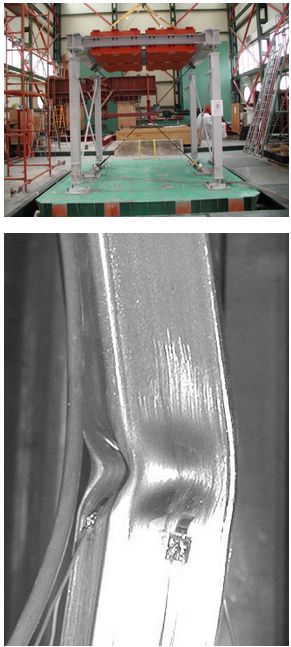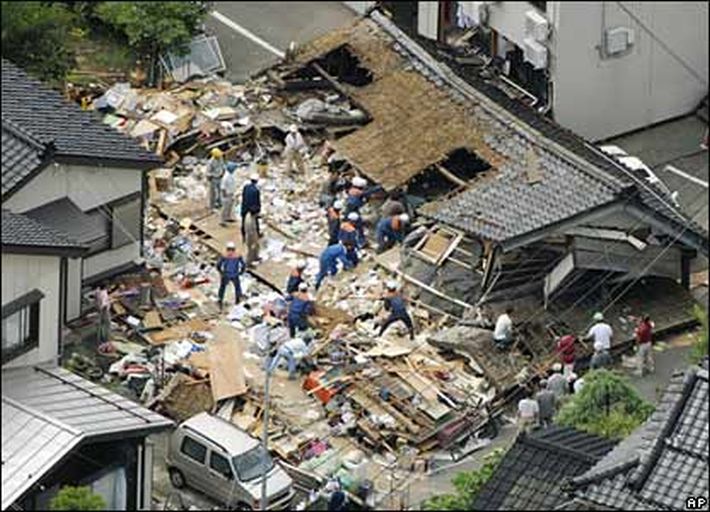-
Courses

Courses
Choosing a course is one of the most important decisions you'll ever make! View our courses and see what our students and lecturers have to say about the courses you are interested in at the links below.
-
University Life

University Life
Each year more than 4,000 choose University of Galway as their University of choice. Find out what life at University of Galway is all about here.
-
About University of Galway

About University of Galway
Since 1845, University of Galway has been sharing the highest quality teaching and research with Ireland and the world. Find out what makes our University so special – from our distinguished history to the latest news and campus developments.
-
Colleges & Schools

Colleges & Schools
University of Galway has earned international recognition as a research-led university with a commitment to top quality teaching across a range of key areas of expertise.
-
Research & Innovation

Research & Innovation
University of Galway’s vibrant research community take on some of the most pressing challenges of our times.
-
Business & Industry

Guiding Breakthrough Research at University of Galway
We explore and facilitate commercial opportunities for the research community at University of Galway, as well as facilitating industry partnership.
-
Alumni & Friends

Alumni & Friends
There are 128,000 University of Galway alumni worldwide. Stay connected to your alumni community! Join our social networks and update your details online.
-
Community Engagement

Community Engagement
At University of Galway, we believe that the best learning takes place when you apply what you learn in a real world context. That's why many of our courses include work placements or community projects.
Earthquake Engineering
 The seismic damage done to the lives of people all around the world is almost incomprehensible.
The seismic damage done to the lives of people all around the world is almost incomprehensible.
One would only have to look at recent seismic incidences; the Japan and Haiti disasters shocked the world in 2011 and 2010, as did the Indian Ocean earthquake and tsunami in 2004, as well as many other seismic incidences around the world.
Between the aforementioned three incidents alone, over 500,000 people were killed and a further 2.6 million people left homeless, demonstrating how catastrophic these natural disasters can become.
Trends also imply extreme events such as this will become more regular emphasising the need for reliable estimates of the design demands on buildings and structures during earthquakes, as well as rapidly deployable, semi permanent, safe structures.
Researchers in NUI Galway work very closely with international partners on many projects through EU Framework Programme 7 and other vehicles to develop simulation methods that produce reliable estimates of the design demands on buildings and structures during earthquakes. The research will lead to the development of a simplified assessment approaches for structural systems that can be used by design engineers.
At NUI Galway, novel systems and components are being investigated and developed to improve the response of building structures during earthquakes.
Furthermore, important research into novel methods to monitor the condition of building structures during and after earthquakes is also ongoing at NUI Galway.
















